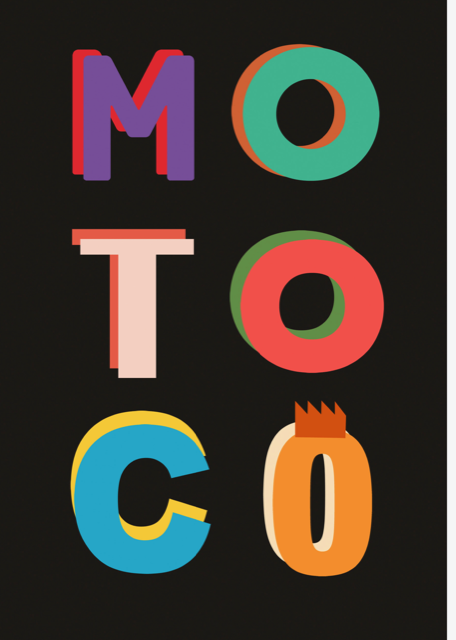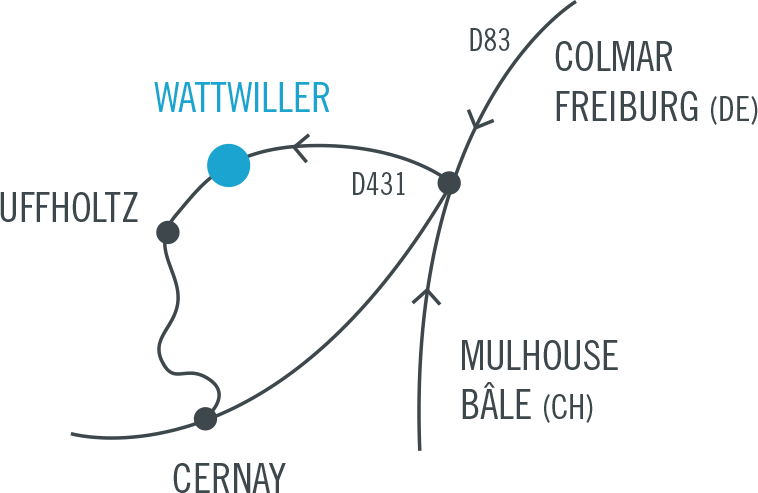Botany, or phytology, is the science that brings together all the disciplines studying plants. More than 550,000 species of living organisms have been identified to date. Through their inventories, collections and classification methods, botanists contribute to a better knowledge and understanding of living organisms.
Nature has always been a driving force behind artistic creation. The elements, fauna and flora have contributed to diversifying the range of representations and have made it possible to learn how to describe in order to better understand. A legend tells that Chinese writing was born from the observation of bird tracks in the sand.
The artists also record data to create other visual archives. Motoco in this sense builds a form of ecosystem of the sensitive which brings together on the site of the former DMC textile factories in Mulhouse, professionals and explorers of the creative professions. In a vast red-brick building, many disciplines and multiple mediums meet and confront each other as vectors of plastic, scenic and even musical expression.
But it seemed natural to start a conversation between Motoco artists and the public of the François Schneider Foundation, to bring together plants and water and to imagine the possible dialogues.
The exhibition Botanica accepts the hypothesis from a place here that explores elsewhere, that of a German forest, a house plant, a germinated shoot, an African or Cantonese tree, a banana leaf, a thousand-year-old peat, blue grass and other reflections of cold foliage suddenly projected into full light.
Marie Terrieux & Marc Thébault

Credit : Emmanuel Henninger, Forest, 2020.
Ink on paper, 40 x 60 cm. Courtesy of the artist.
